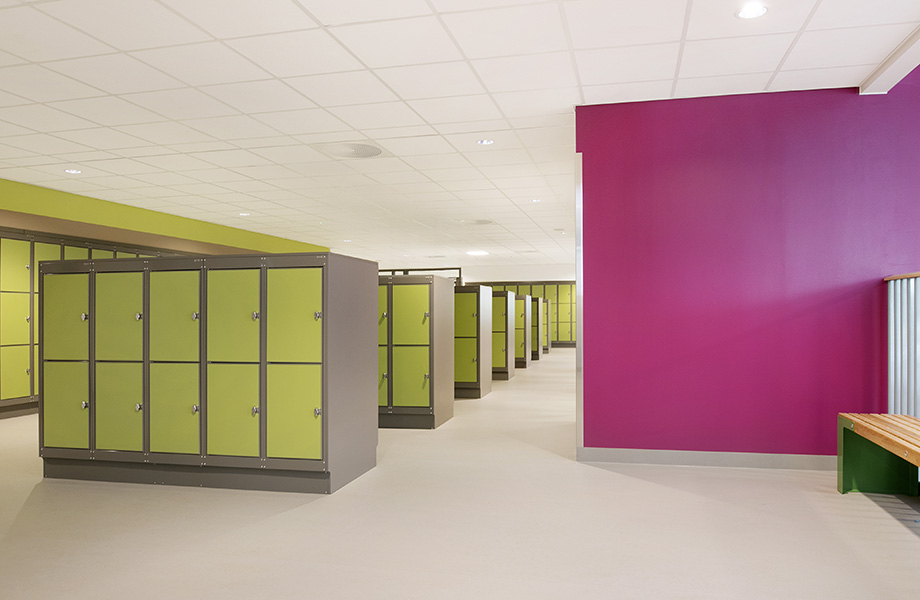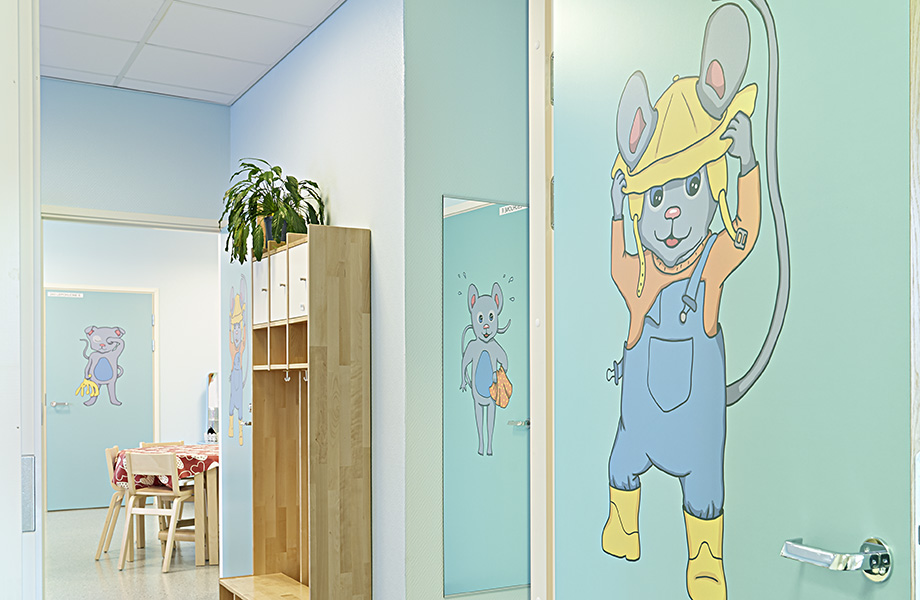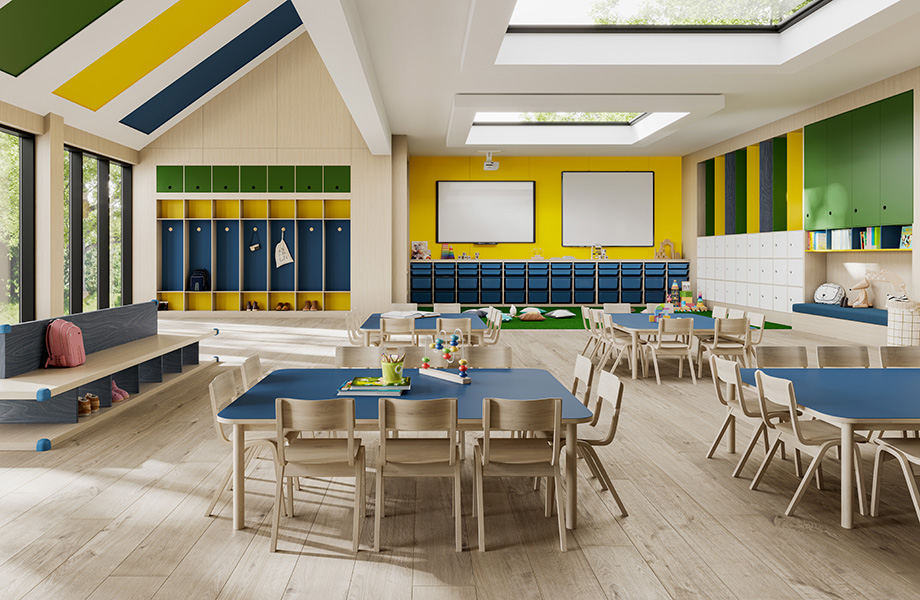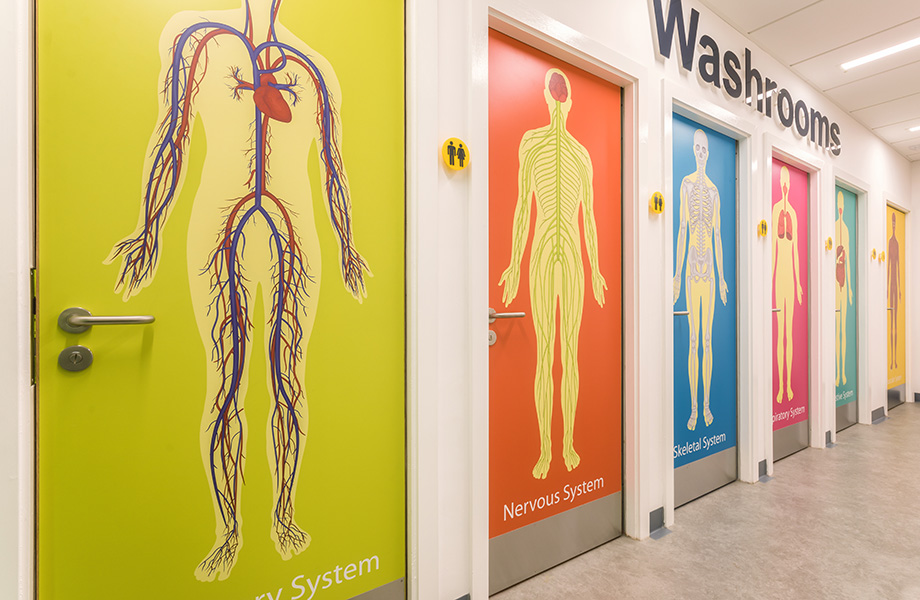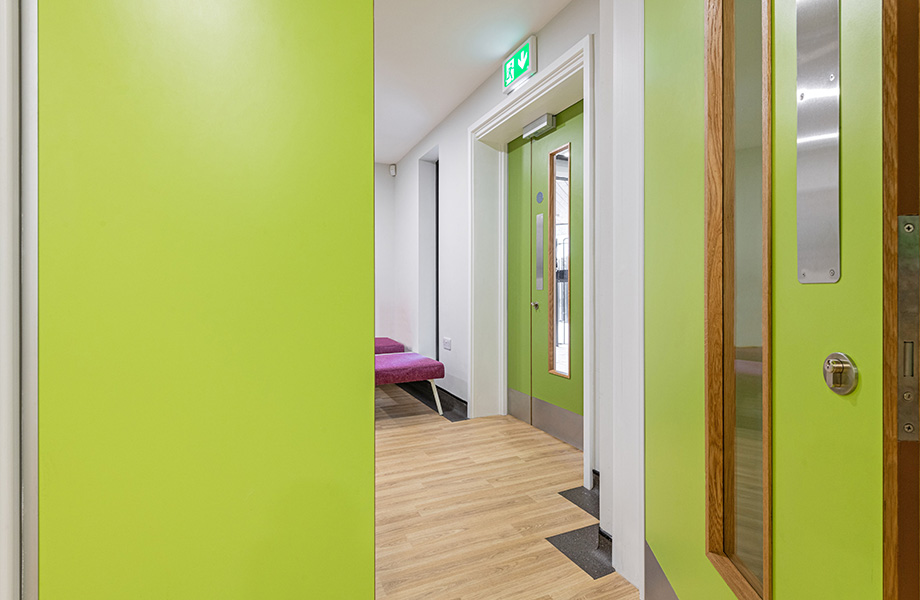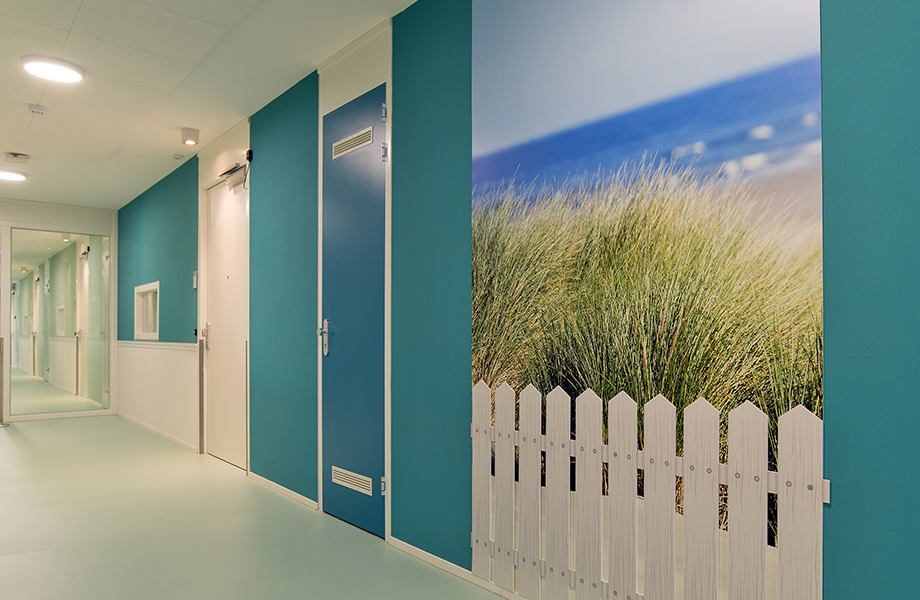The importance of colour in education design projects
As an interior designer, colour and design play a vital role in educational spaces, impacting students' emotions, concentration, learning experience, and overall well-being.
Here are several reasons why colour and design are crucial for when designing educational spaces:
1. Psychological Impact: Colours have a significant impact on our emotions and mood. Well-chosen colours can create a positive and stimulating environment, fostering a sense of motivation, creativity, and productivity in students. Vibrant colours like yellow and orange can promote energy and enthusiasm, while calm colours like blue and green can induce relaxation and focus.
2. Visual Stimulation: Thoughtful design elements and colour schemes can capture students' attention and make the learning environment visually engaging. This can help maintain their interest and prevent monotony, ultimately enhancing their overall learning experience. An example of this can be seen in a UK children’s hospital where washroom doors were designed to educate and inspire the next generation of doctors and nurses.
3. Wayfinding and Organisation: Effective use of colour and design can assist with wayfinding within educational spaces. Different areas, such as classrooms, libraries, and common areas, can be differentiated through colour-coded schemes or distinct design elements. This aids students in navigating the space easily and promotes a sense of organisation and structure. This nursery in Finland used mascots and colour schemes to help the children identify their department in the large building that accommodates 130 children. The mascots also show the function of the rooms such as for play, meals, toilets or dressing.
4. Creating a Positive Atmosphere: The design and colour choices in educational spaces contribute to the overall atmosphere and ambiance. A well-designed space with a harmonious colour palette can evoke a sense of warmth, comfort, and inspiration. This positive environment can have a direct impact on students' motivation, concentration, and overall well-being.
5. Personalisation and Identity: Incorporating colour and design elements that reflect the school's identity, values, or branding can foster a sense of belonging and pride among students. It creates an environment where they can connect with the institution and feel a sense of ownership. Younique® by Formica Group provides designers with the opportunity to incorporate logos, photographs and bespoke design into an education project. Find out more.
6. Accommodating Different Needs: Colour and design choices can also be tailored to accommodate students with special needs. For example, using high contrast colour schemes can assist individuals with visual impairments, while ensuring a clear and clutter-free layout can aid students with attention disorders. This project in the Netherlands shows the power of colour in identifying departments, supporting those with accessibility needs in navigating the building.
By creating visually engaging, functional, and inspiring environments, educational spaces can optimize the learning potential of students. Remember, each university is unique, so adapt these tips to the specific context and requirements of the institution you are working with. Read our “Top Tips for designing interiors for education”.
“Formica laminate can help breathe new life into the education sector; inspiring students and creating an overall positive environment with our array of colours and material looks. Formica laminate can uplift any space with standout, bold and fun palettes to ensure that the learning experience is both stimulating and engaging.” Nina Bailey, Design Manager for Formica Group
Discover the Formica® Laminate ranges for your next education project

